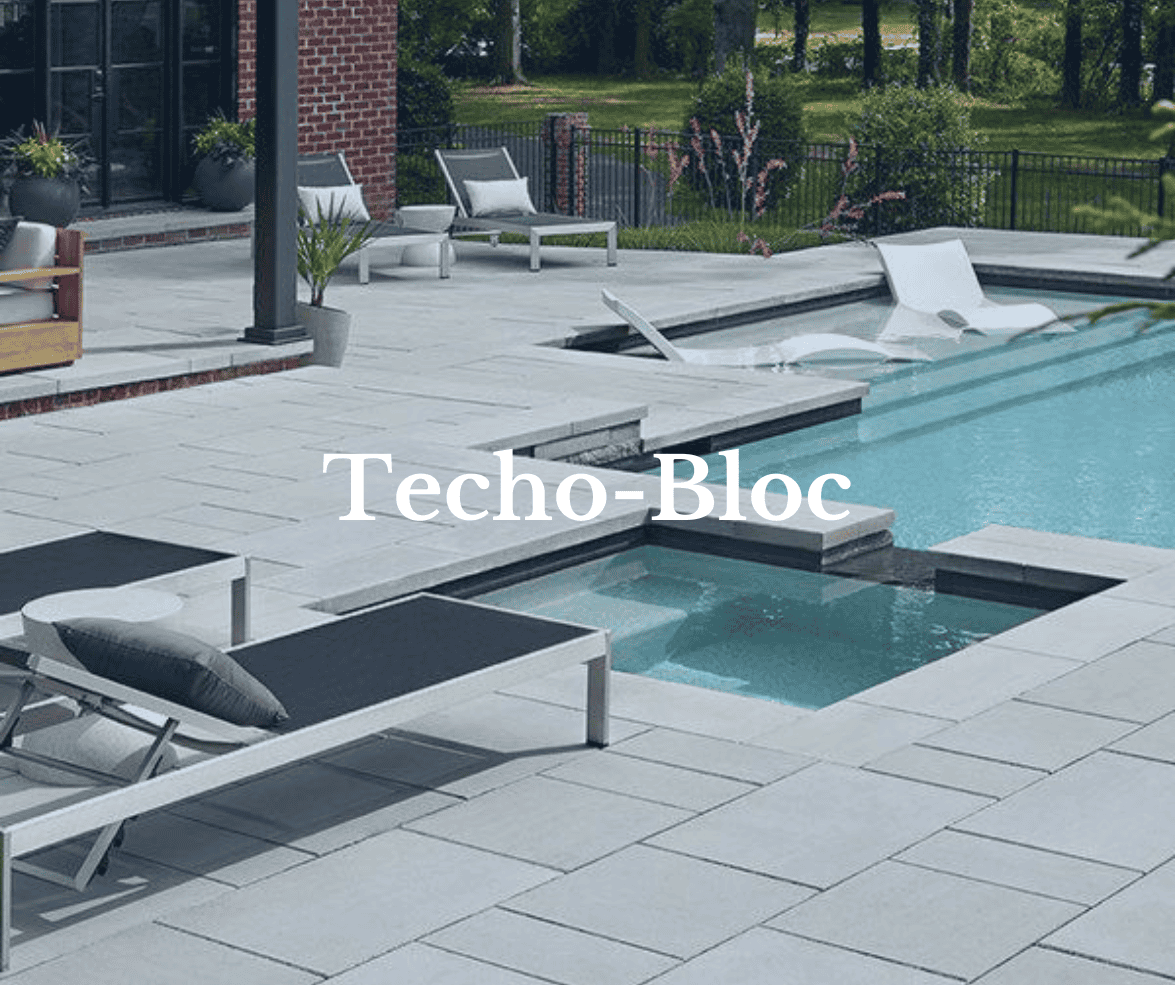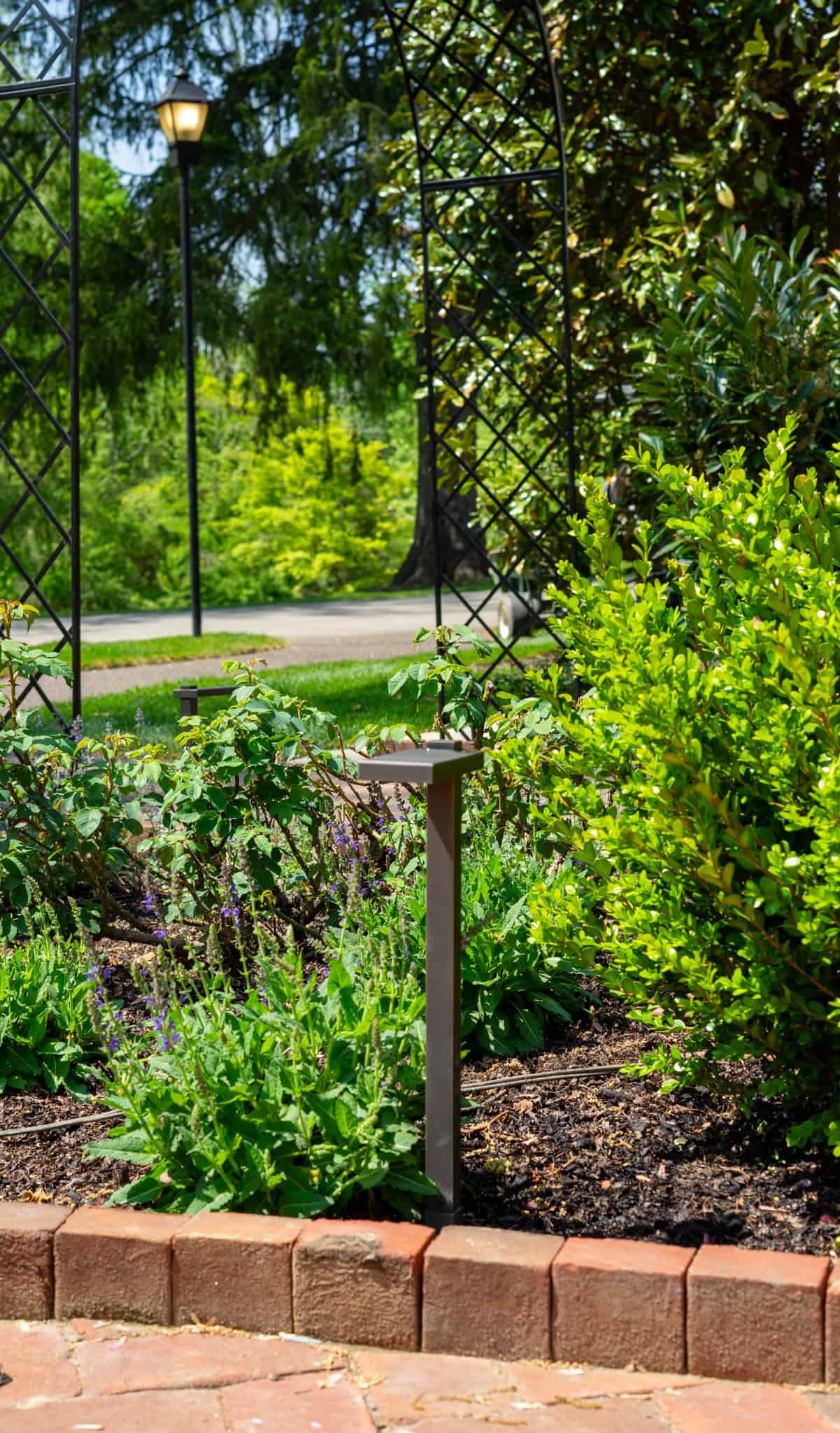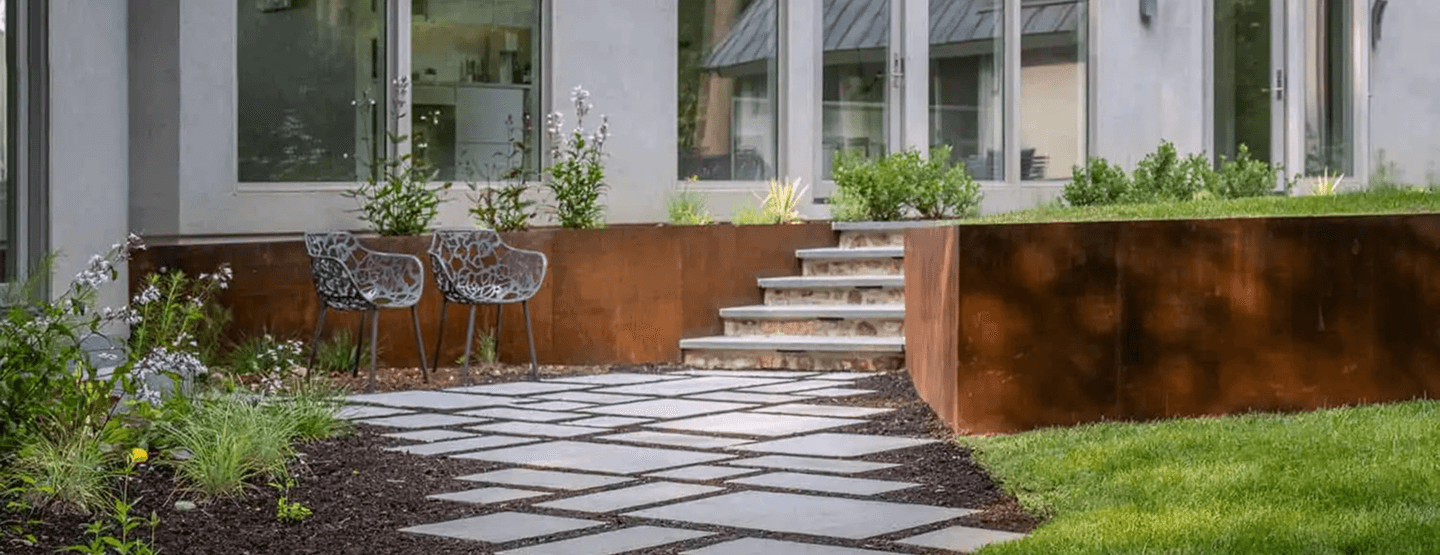Introduction to Decking Materials
Are you dreaming of an outdoor space where you can relax with family and friends? Maybe you’re looking to enhance your backyard with a beautiful deck, but you’re not sure whether to go with traditional wood or modern composite materials. You’re not alone! Many homeowners find themselves stuck between these two popular options, wondering which is the best fit for their needs.
Choosing the right decking material can feel overwhelming. You might be worried about costs, maintenance, durability, and even how it will look in your yard. It’s natural to feel a bit anxious—after all, you want your investment to last and to be something you’re proud of. As experts in outdoor living spaces, we understand your concerns and are here to help. In this article, we’ll explore the pros and cons of composite decking and wood decking, guiding you through the decision-making process.
By the end of this article, you’ll have a clearer understanding of both options, enabling you to make the best choice for your home and lifestyle. Let’s dive in!
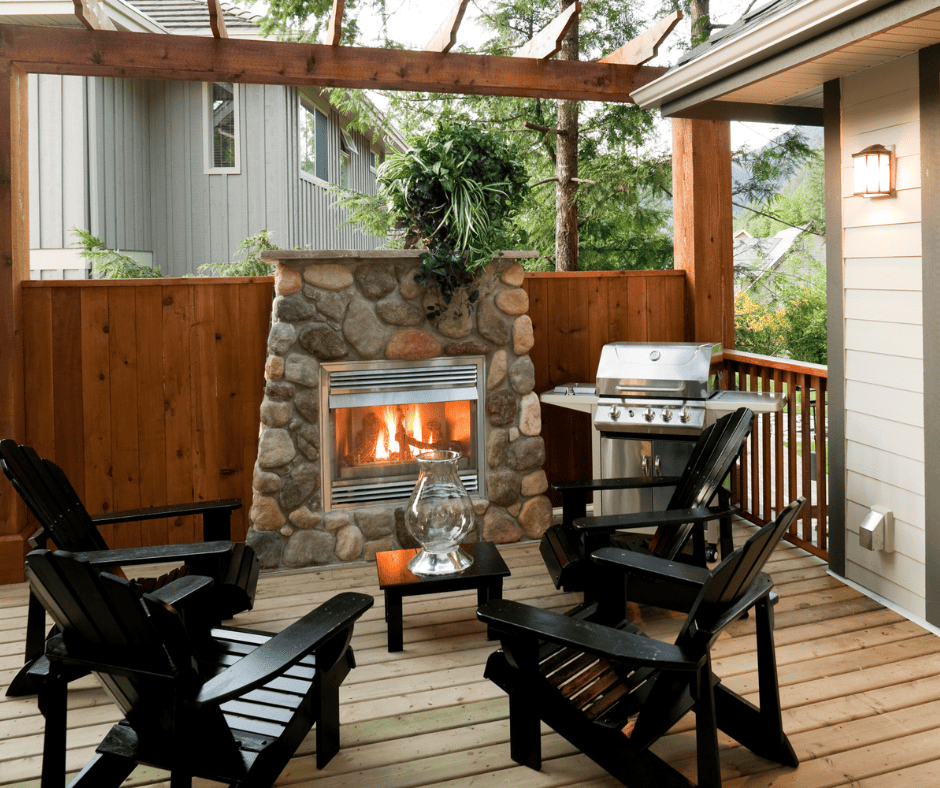
Cost Comparison: Composite Decking vs Wood Decking
Initial Costs
When it comes to the cost of decking, one of the first things to consider is how much you’ll spend upfront. Generally, wood decking tends to be less expensive to install initially. The most common types of wood, like pressure-treated pine, can be budget-friendly. On the other hand, composite decking, made from a mix of wood fibers and plastic, usually has a higher initial price tag.
For example, if you’re looking at a 400-square-foot deck, pressure-treated wood might cost you around $2,000 to $3,000, while composite materials could set you back between $4,000 to $7,000. While the upfront cost is a critical factor, remember that it’s only part of the picture.
Long-term Costs and Maintenance
Now, let’s think about the long-term costs. Here’s where things get interesting. Composite decking typically requires less maintenance over time. You won’t need to sand, stain, or seal it every few years, which can save you both time and money in the long run. Instead, a simple wash with soap and water once in a while is usually all it needs.
In contrast, wood decking requires regular maintenance. If you want it to last and look good, you’ll need to invest time and money in staining and sealing it every few years. This ongoing upkeep can add up quickly. In fact, over a 10- to 15-year period, your total costs for wood decking can exceed those of composite materials, making composite a potentially wiser investment.
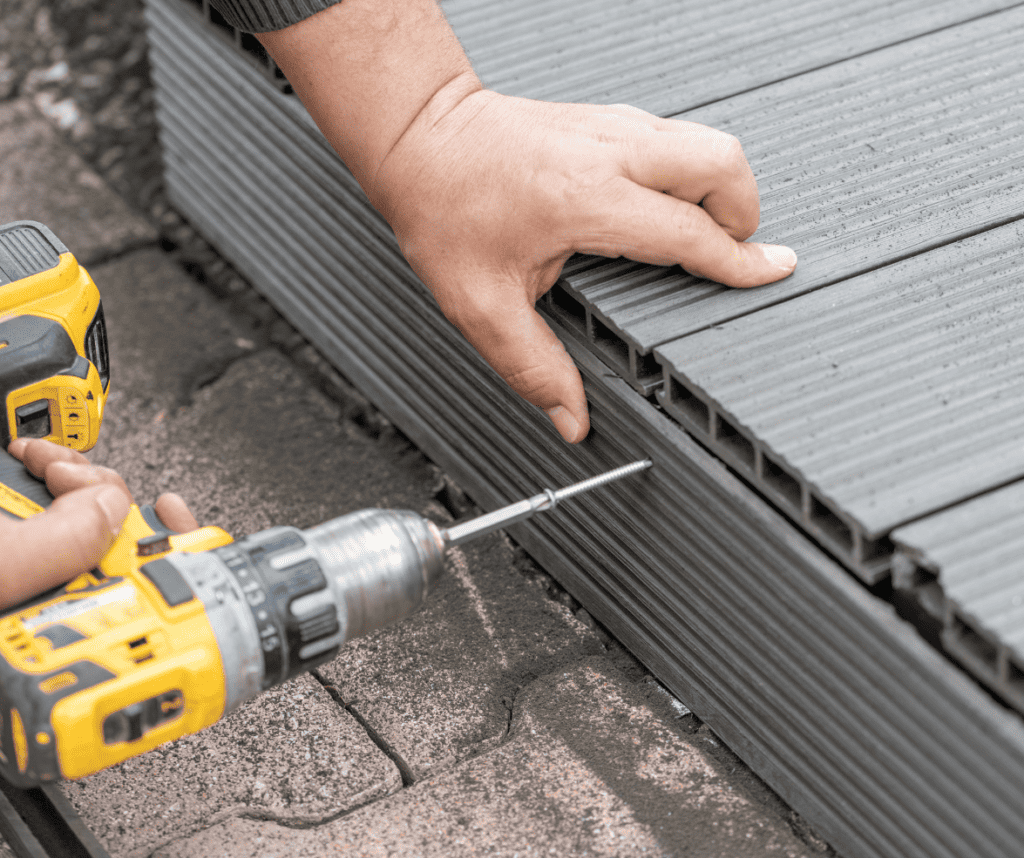
Durability and Longevity
Lifespan of Composite Decking
One of the major advantages of composite decking is its durability. Composite boards are designed to withstand the elements. They resist fading, staining, and mold, meaning they will keep their color and structural integrity for a long time. Most composite decks can last 25 years or more with proper care, making them a fantastic choice for those looking for longevity.
Lifespan of Wood Decking
On the flip side, traditional wood decking has a shorter lifespan. Depending on the type of wood and how well you maintain it, you might expect it to last anywhere from 10 to 30 years. However, without regular maintenance, you might face issues like rotting, warping, or insect damage, which can shorten its life significantly.
Resistance to Weather and Pests
When it comes to weather and pests, composite decking takes the lead. It’s resistant to moisture, which means it’s less likely to warp or splinter. It also doesn’t attract pests like termites, a common concern for wood decking. However, wood can be treated to help protect against these issues, but it requires regular attention.
Maintenance Requirements
Maintenance for Composite Decking
As mentioned earlier, composite decking is low-maintenance. You won’t need to worry about scraping, staining, or sealing. A simple sweep and occasional wash will keep it looking fresh. This makes composite a great option for busy families or anyone who prefers spending their time enjoying their deck rather than maintaining it.
Maintenance for Wood Decking
In contrast, wood decking demands more attention. You’ll need to stain and seal it regularly to protect it from moisture and UV rays. Without this care, your wood deck could start to show signs of wear much sooner than expected. Think of it like taking care of a car—you wouldn’t skip regular oil changes and washes if you want it to last!
Seasonal Considerations
Seasonal changes can also affect maintenance. In snowy regions, ice and snow can build up on wood, leading to potential damage. Composite decking, however, can handle snow better and can be easily cleared off.
Aesthetic Appeal: Design Options

Appearance of Composite Decking
When it comes to looks, both materials have their strengths. Composite decking comes in a variety of colors and textures, allowing you to customize the appearance to fit your style. It can mimic the look of natural wood without the drawbacks, giving you the best of both worlds.
Appearance of Wood Decking
Wood decking, on the other hand, has a classic and warm appearance that many people love. The natural grains and colors can add charm and beauty to your outdoor space. If you enjoy the idea of a unique, one-of-a-kind look, wood may appeal to you, as each board is different.
Color and Texture Choices
Ultimately, the choice between composite decking vs wood decking comes down to personal preference. If you prefer a uniform look and less maintenance, composite might be the way to go. But if you love the natural feel and don’t mind regular upkeep, wood could be your perfect match.
Environmental Impact
Sustainability of Composite Materials
If you’re environmentally conscious, you might want to consider the sustainability of your decking material. Composite decking is often made from recycled materials, making it a greener choice. By using plastic and wood scraps, composite manufacturers reduce waste and lessen the demand for new lumber.
Eco-friendliness of Treated Wood
While wood is a natural product, its environmental impact can vary. Pressure-treated wood is often treated with chemicals that can be harmful to the environment. However, there are sustainable wood options available, such as responsibly sourced cedar or redwood, that can be more eco-friendly.
Installation Process

Installation of Composite Decking
When it comes to installation, both materials can be installed by professionals or DIY enthusiasts. Composite decking typically requires specialized fasteners, making it a bit more complex. However, many homeowners find that hiring a professional is worth the peace of mind.
Installation of Wood Decking
Wood decking can be easier for DIYers since traditional nails and screws can be used. If you’re handy with tools and enjoy home improvement projects, you might find installing wood decking to be a satisfying challenge.
DIY vs Professional Installation
Keep in mind that while DIY may save you money, it can also come with risks, especially if you’re inexperienced. Hiring a professional can ensure the job is done correctly and safely, no matter which material you choose.
Common Problems with Composite and Wood Decking
Issues with Composite Decking
While composite decking has many advantages, it’s not without its drawbacks. Some homeowners report that composite can become hot in direct sunlight, making it uncomfortable to walk on. Additionally, if not properly installed, it can warp or sag over time.
Issues with Wood Decking
Wood decking is also prone to problems. Without regular maintenance, it can splinter, warp, or rot. In addition, certain types of wood can fade over time, losing their beautiful color. It’s crucial to keep up with care to prevent these issues.
Conclusion: Making the Right Choice for Your Home
Choosing between composite decking vs wood decking ultimately comes down to your personal preferences, lifestyle, and budget. Composite decking offers low maintenance and long-lasting durability, while wood decking provides a classic look with a bit more effort required to maintain it.
Before making a decision, consider the following:
- Cost: Are you looking for something budget-friendly now, or do you want to invest in long-term savings?
- Maintenance: Do you have time to regularly care for a wood deck, or would you prefer a low-maintenance option?
- Aesthetics: What look do you envision for your outdoor space? Do you prefer the warmth of wood or the versatility of composite?
By weighing these factors and considering your needs, you’ll be well on your way to selecting the perfect decking material for your home. No matter which you choose, you’ll create an inviting outdoor space to enjoy for years to come!
If you live in Main Line, PA and are interested in hiring a contractor to build your new deck, check out how we can help.

